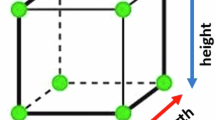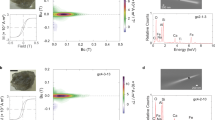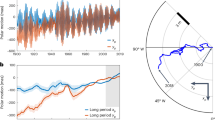Abstract
THE recent voyage of the submarine Nautilus below the polar ice has caused interest to be focused on the subject of ‘inertial navigation’. This recalls to mind a communication which was published in Nature (7, 483; 1873). A correspondent, Joseph John Murphy of Co. Antrim, discounted the idea that “the instinct of direction in animals is of the same kind as the faculty by which men find their way” and suggested instead a mechanical analogy basically identical with ‘inertial navigation’, namely: “If a ball is freely suspended from the roof of a railway carriage it will receive a shock sufficient to move it, when the carriage is set in motion: and the magnitude and direction of the shock … will depend on the magnitude and direction of the force with which the carriage begins to move … ” “ … every change in … the motion of the carriage … will give a shock of corresponding magnitude and direction to the ball. Now, it is conceivably quite possible, though such delicacy of mechanism is not to be hoped for [my italics, D. C.], that a machine should be constructed … for registering the magnitude and direction of all these shocks, with the time at which each occurred … from these data the position of the carriage … might be calculated at any moment.”;
This is a preview of subscription content, access via your institution
Access options
Subscribe to this journal
Receive 51 print issues and online access
$199.00 per year
only $3.90 per issue
Buy this article
- Purchase on SpringerLink
- Instant access to full article PDF
Prices may be subject to local taxes which are calculated during checkout
Similar content being viewed by others
Author information
Authors and Affiliations
Rights and permissions
About this article
Cite this article
CHILTON, D. Inertial Navigation. Nature 183, 64 (1959). https://doi.org/10.1038/183064b0
Issue date:
DOI: https://doi.org/10.1038/183064b0



